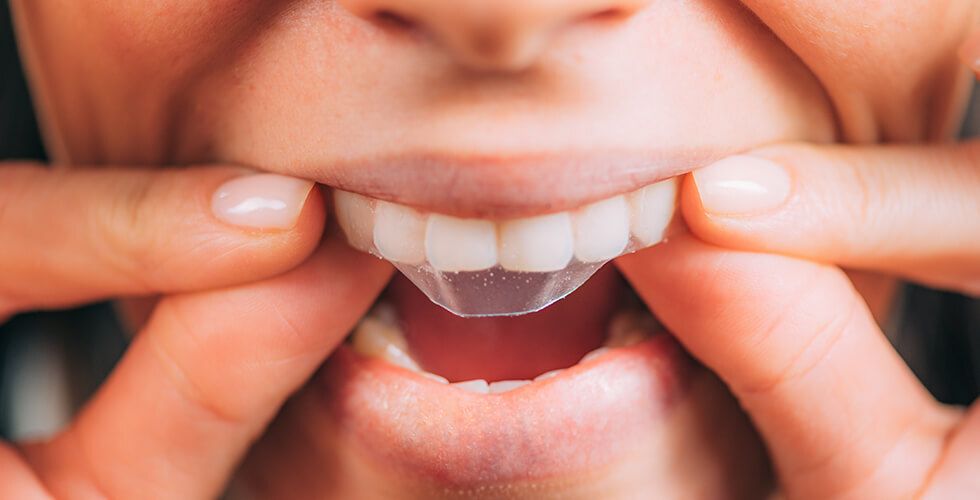
A bright, confident smile is a powerful thing, but before you reach for those whitening strips, consider what they could be doing to your teeth.
Whitening strips work by coating your teeth with peroxide-based bleaching agents. While they can lighten stains, frequent use may lead to tooth sensitivity and enamel erosion. Your enamel is your teeth’s natural armor—it doesn’t grow back once it’s worn down. Strips can also irritate your gums, especially if they’re applied carelessly or left on too long. And here’s a little-known fact: they can create uneven whitening, leaving some areas brighter than others if you have dental work or naturally varied enamel thickness.
Another downside? Whitening strips don’t address the root cause of discoloration. Coffee, tea, red wine, and even certain fruits can stain your teeth from the inside out—something surface-level bleaching can’t fully fix.
So, what’s the alternative? A natural, enamel-friendly approach that whitens gradually while supporting long-term oral health. Try brushing with a paste made from baking soda and water a couple of times a week. Baking soda is mildly abrasive, helping to remove surface stains without harsh chemicals. Pair this with oil pulling—swishing coconut oil in your mouth for 10–15 minutes daily—to help lift debris and promote a fresher, cleaner smile.
Of course, prevention is your best whitening tool. Rinse your mouth after drinking staining beverages, eat crunchy fruits and veggies like apples and carrots to scrub your teeth naturally, and maintain regular dental cleanings.
You don’t have to give up on a brighter smile—just choose a method that keeps your enamel strong and your mouth healthy. After all, a truly beautiful smile is one you can keep for life.

